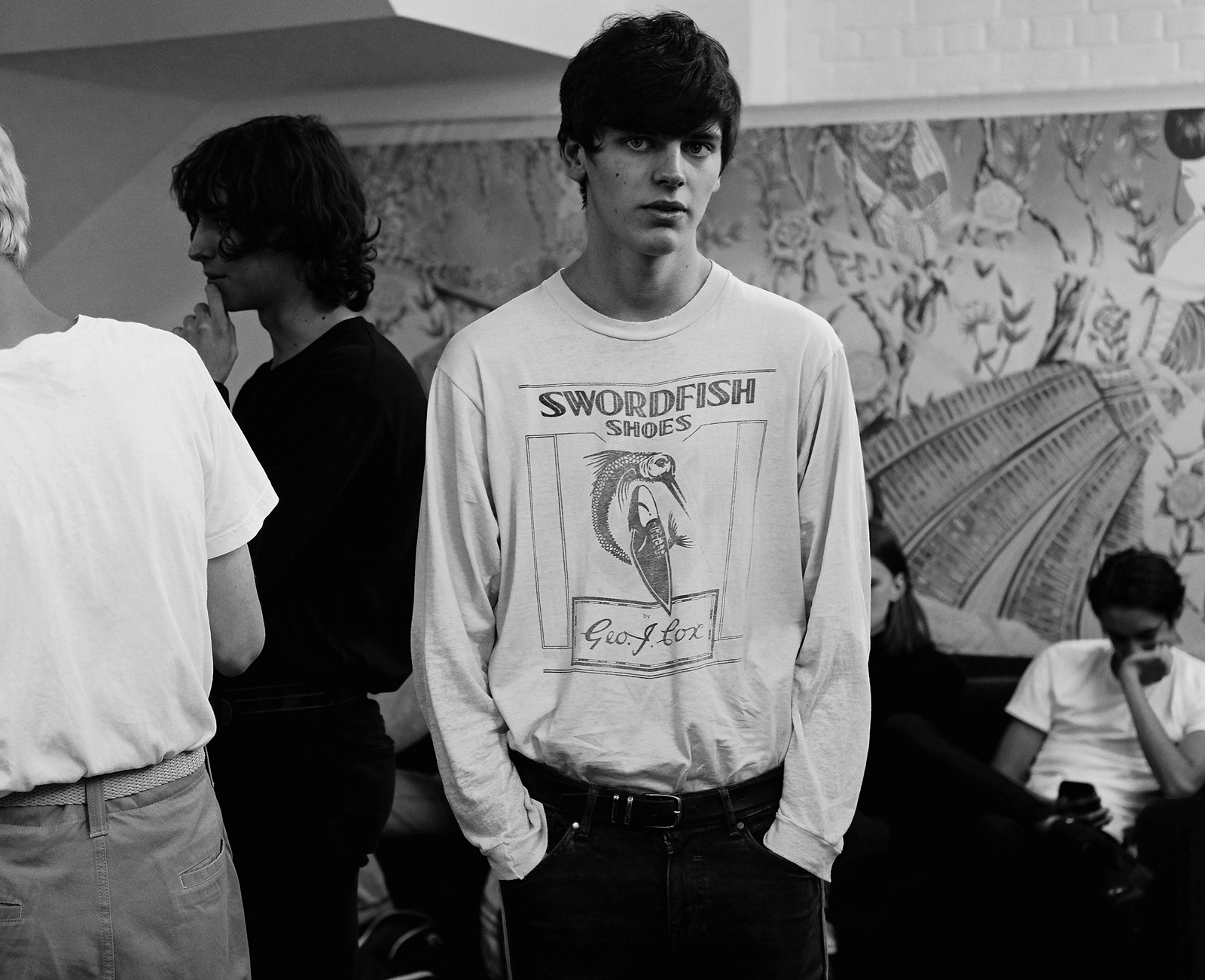It’s difficult to imagine London’s menswear scene without Craig Green; in just a few short years, the designer’s eponymous label has emerged as one of the most interesting menswear brands around, and his recent crowning as British menswear designer of the year at The Fashion Awards (as well as taking home last year’s BFC/GQ Menswear Fund Prize) proves just how widely his renown has spread. And, for Green, it seems that things can only get better. As part of his A/W17 offering, he is launching a core collection of basics that will appear in shops (especially Bergdorf Goodman and Mr Porter) in April – and it’s a refined collection of wardrobe staples imagined by one of the most inventive designers out there. Such a project comes at a time when Green is clearly intent on taking his brand to new heights by establishing a A-team of creative collaborators – one which, for the first time this season, included renowned casting director Shaun Beyen.
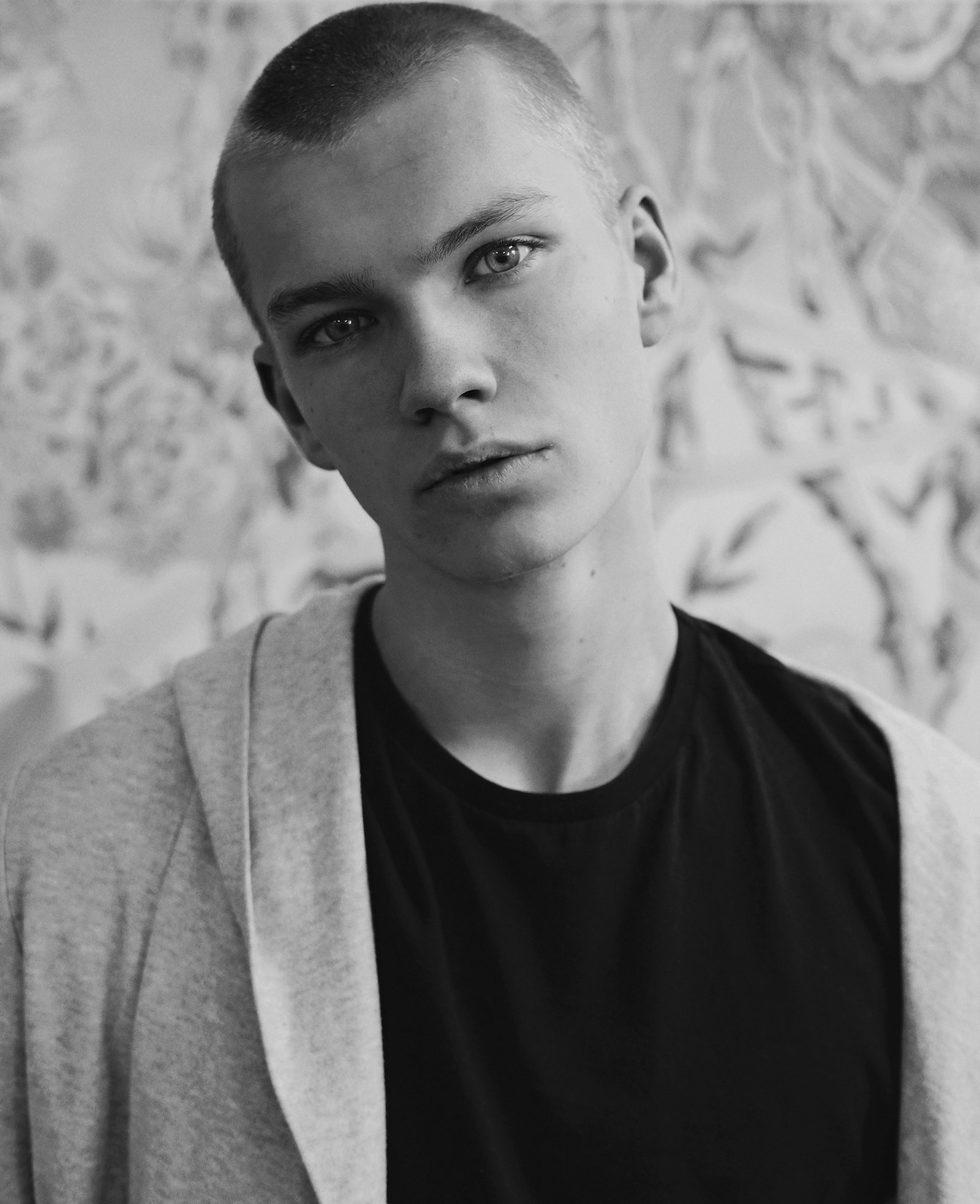
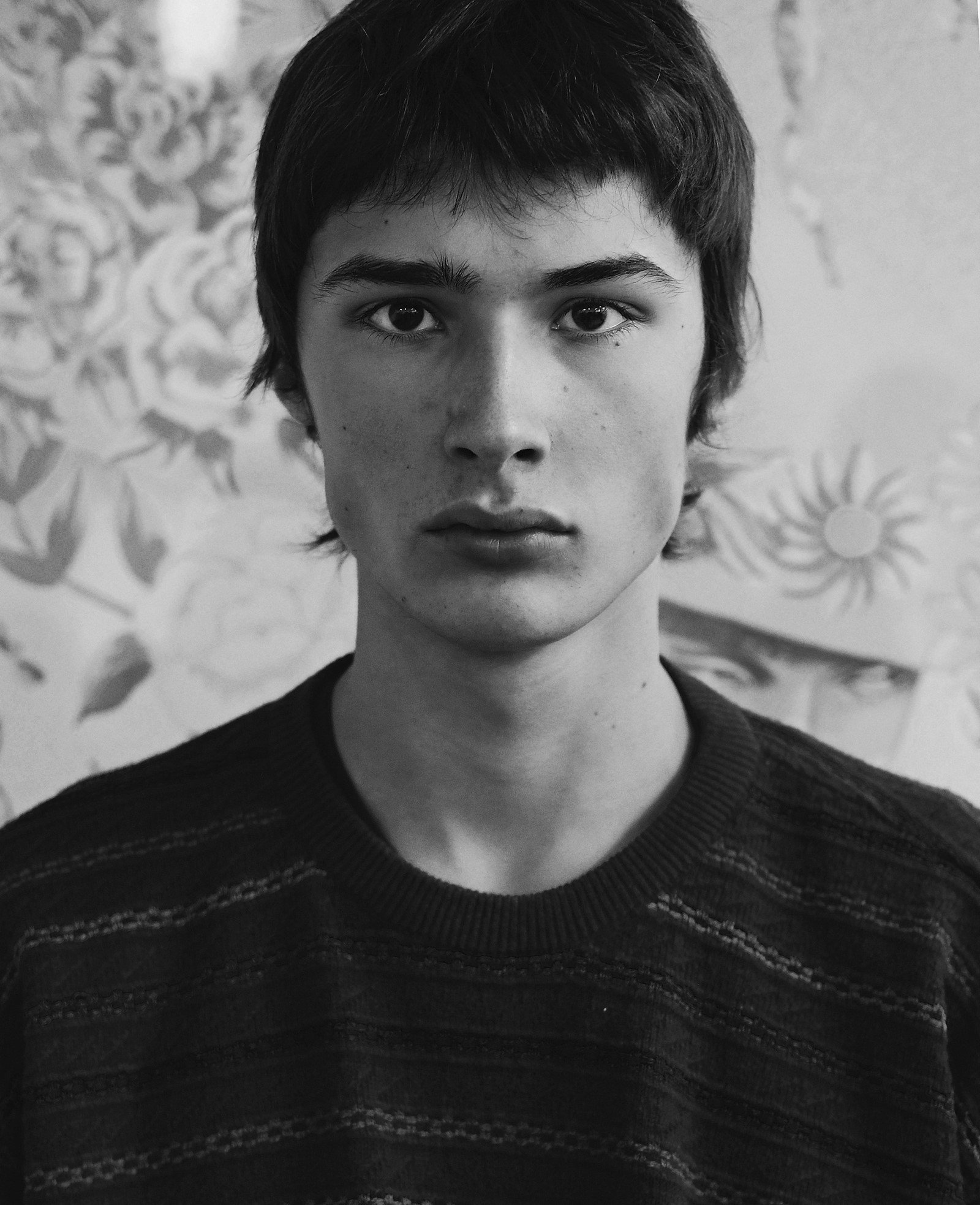
So what exactly is it about Craig Green that makes him so great? Well, one can always rely on him to poetically articulate the terror of today’s climate. At a time when the ideology of fear has bitterly won elections and referendums, this Green sought to explore it with a nuanced, thoroughly romantic approach in his show last week. Yes, the London-born designer has previously trodden on themes of protection and armour, but this season the mood was inevitably much stormier and more intense – darker, even. This was a bold collection devoted to the fear of the unknown; the fear of the sea, and the fear of isolation that comes with taking to it.
“I wanted to focus on men as heroes and the sacrifices they’ve made,” he explained a couple of days before the show took place. “It was always a given that they would have to be the ones to go to war, or to do national service, or go to sea.” Marine adventurers may be symbolic of the kind of tortured soul Green is drawn to – namely, uniformed, and utilitarian– but what drew him to the plethora of seamen from deep-sea divers to fishermen and shipwrecked sailors was the idea that, prior to technological advances, communities of men would be at sea indefinitely, without the vaguest inkling of when they might return. As an idea, it’s a pertinent antithesis to today’s hyper-connected world.

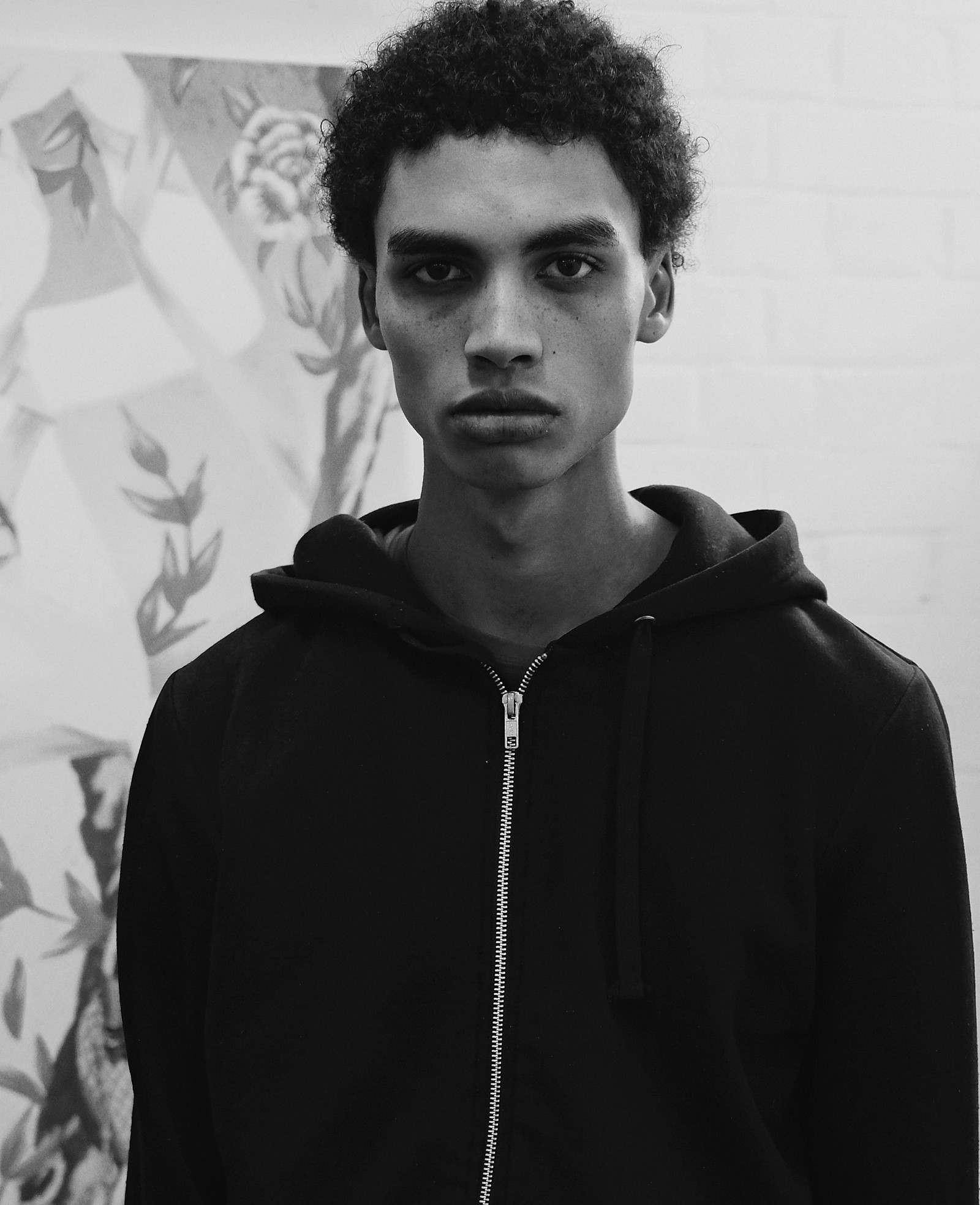
Don’t expect him to get too philosophical though – Green is reticent when it comes to explaining away his work and is conscious of sounding “fruity”. This collection was all unstructured cotton maritime workwear, deep-sea oxygen tubes, quilted velvet renditions of metal diving suits and spliced slabs of embroidered Arabic carpets (crossed with English pub carpets) perhaps collected on far-flung voyages. It also marked a development of the designer’s sense of narrative, thanks in part to his new collaborator Beyen, the sought-after Belgian casting director who Green says “understands how to embrace our aesthetic and take it forward”. He adds that discussions within the design team initially led to what informed the casting process. “We had a whole discussion around the idea of ‘real men’, which is a bit of a dangerous term,” he cautions. “It’s that old idea of a hero. We found this book of 130 German uniforms and we showed it to someone and they said, ‘They look like real men’. But what is ‘real men’? I think it’s the idea of heroes and men who have sacrificed things.”
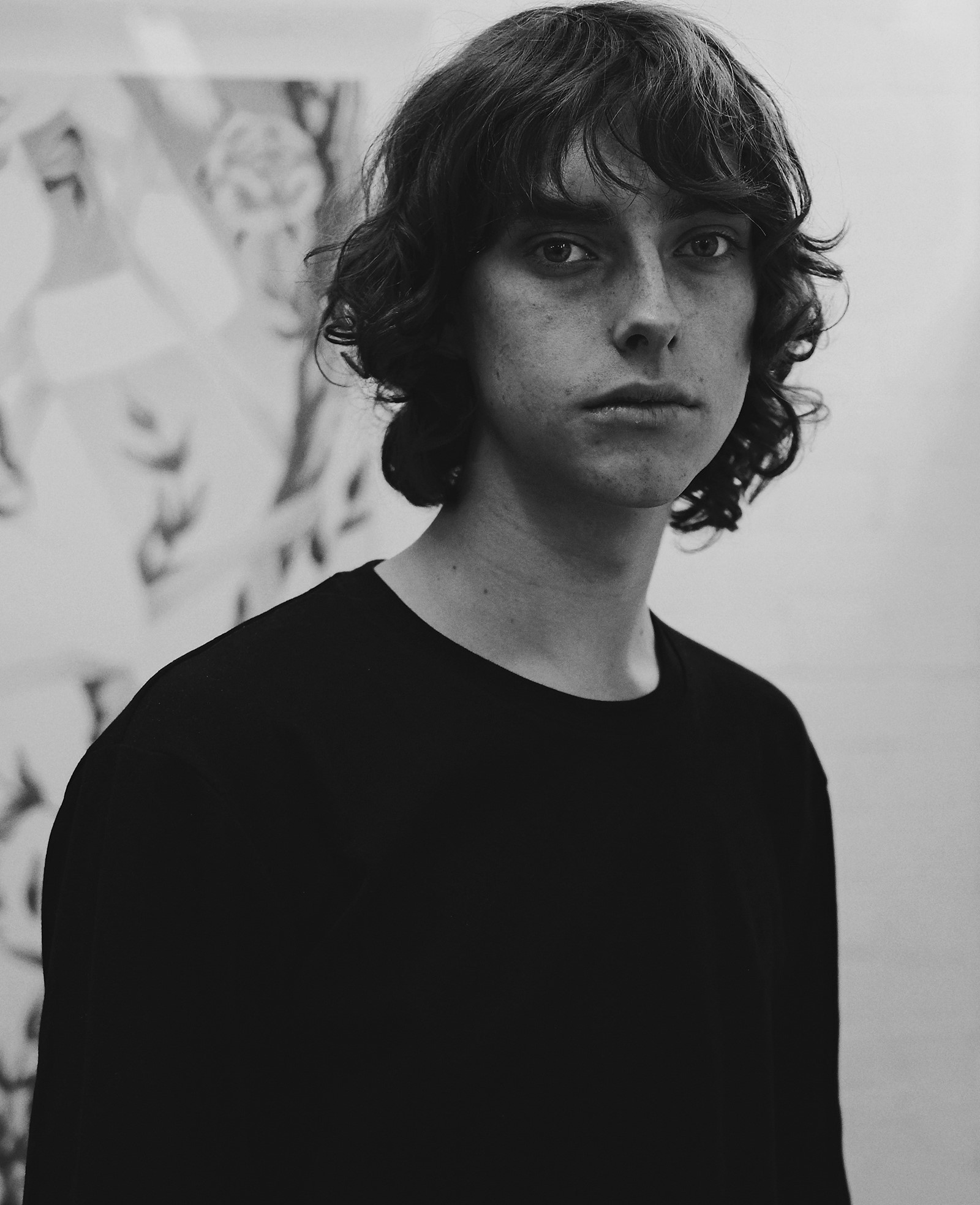
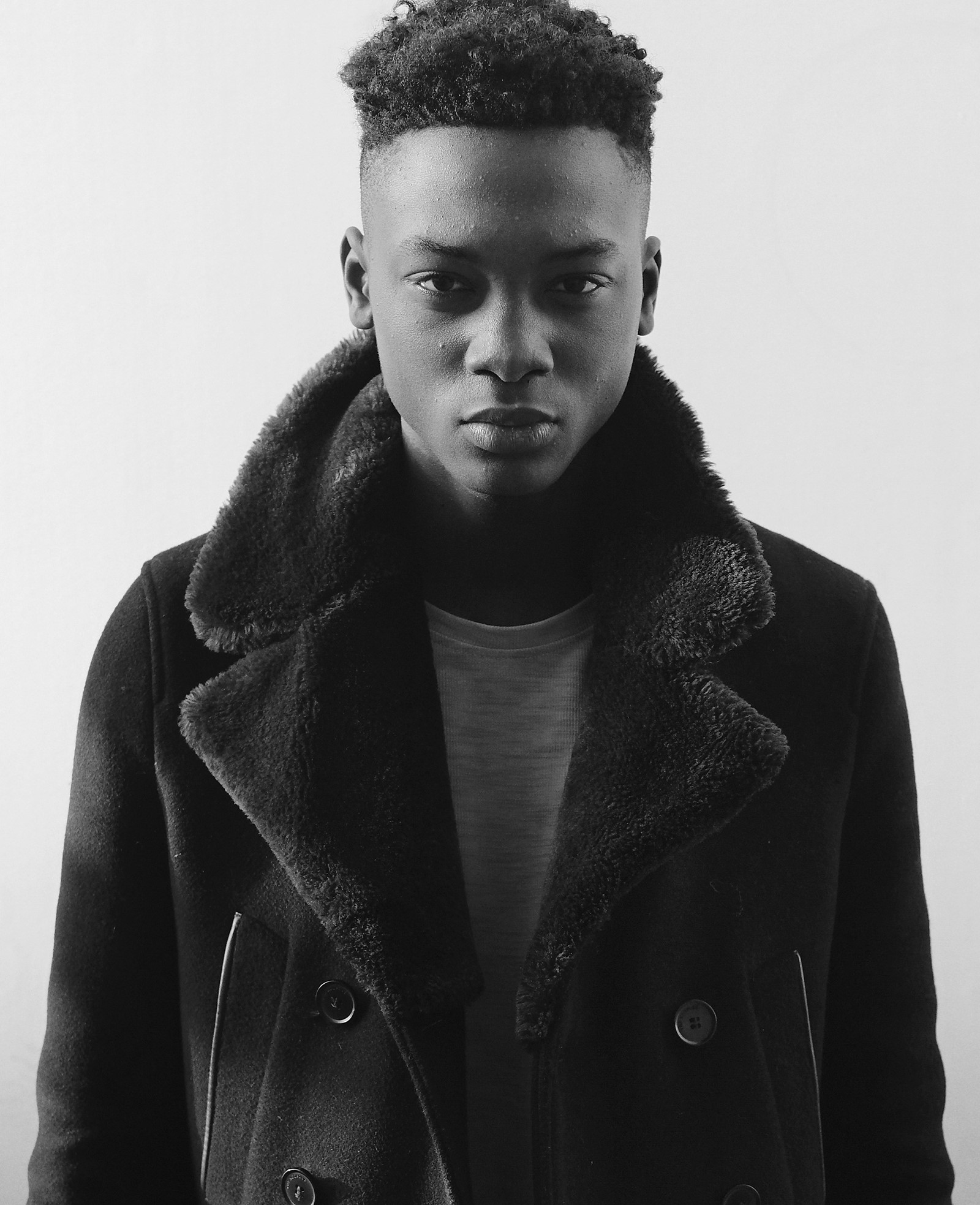
In terms of casting, such a sentiment is hard to translate. Enter Beyen. “My job is to help define who the boy or girl is for a brand,” he explains. Beyen joined Green’s dream team of collaborators, including stylist Robbie Spencer and composer Frédéric Sanchez, who have both contributed to making his shows a highlight of the menswear season – and all of those awards as a result. “Craig and Robbie really appreciate the input that I have, which means that it’s a true collaboration. My golden word is ‘elegant’ and I think Craig’s designs are very elegant, so the models need to be a conduit of that softness and utilitarian sensibility.” “I always look for a certain masculinity in the boys,” adds Green. “It’s somewhere between masculine and beautiful. I don’t know where that line lies, but the collections always have a romantic style or energy and that’s something we look for.”
Green’s collections are split into groups of looks that each tell a story. “When the collection starts, it’s scribbles of blocks of five, five, five, five, five or four, four, four, four,” he explains. “It has uniformity from the beginning – even before there’s clothing. I want it to look like an army or march or groups of people.” The creative process informs how he casts the shows, which is often by looking at groups or “stories” around features like bone structure or hair. This collection was split into sections that not only featured different kinds of men, but entirely different processes and aesthetics.
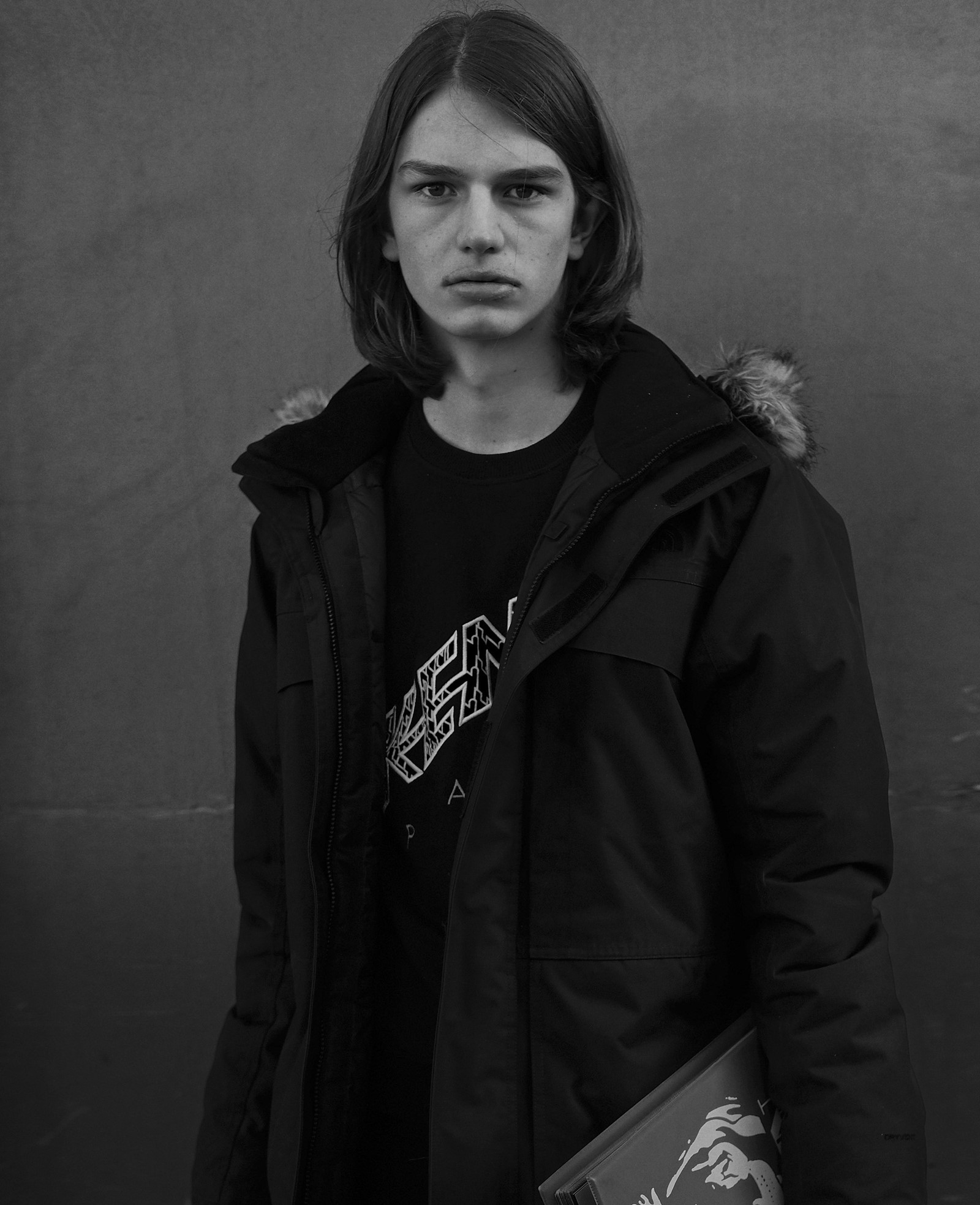
The fresh-faced line-up of new faces including Ernest Klimko, Lye-Amone Cassac and Dylan Roques embodied a sense of youth and naivety, like young men on the cusp of adulthood and adventure. The casting, together with the crashing waves and haunting Aleister Crowley and Martyn Bates poetry recitals on the brooding soundtrack, culminated in a show that was a thoughtful reflection of journeying into darkness. Rather than escape into fantasy, Green is protectively preparing his boys, of which there are several different groups, to face these uncertain times head-on, with bravery and real masculinity – whatever that might mean to you or me.
